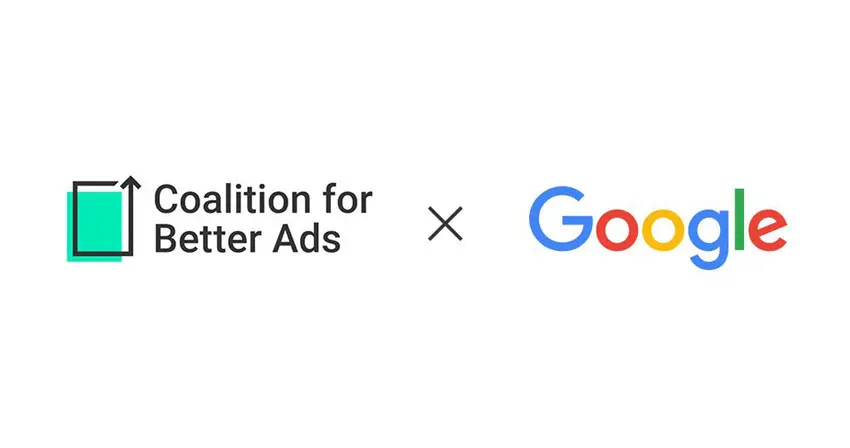
Bad news for providers of bad ads. Google’s enabling of a built-in ad blocker for Chrome, announced in mid February, will block all ads on sites that repeatedly violate standards set by Coalition for Better Ads. It is designed to deter ads “most highly correlated with an increased propensity for consumers to adopt ad blockers.”
Ads drawing Google’s ire on desktop include pop-ups and autoplay video ads with sound, with a longer list of undesirable ads on mobile that includes flashing animated ads and large sticky ads.
Is Google using ad blocking to deter more ad blocking? Quite simply, yes.
Google’s ad revenues depend on an online ecosystem where ads can be consistently and effectively displayed. Third-party ad blockers may be less discriminating than Google’s own efforts, so it’s clearly in Google’s interests to clean things up before more users start reaching for blockers that eliminate ads all together.
As Business Insider’s citing of PageFair’s 2017 Ad Blocking Report notes, ad blocker usage has been surging, with users voicing concerns such as “interruption” of the user experience, and concern with malware within ads. Users also show little interest in whitelisting individual sites that try to “block the blockers”. They simply take their eyeballs elsewhere.
Google’s new Chrome move pushes the onus onto site owners to self-police, by potentially blocking all ads on sites that fail to act after being informed that they’re running bad ads.
With publishers losing significant ad dollars to blocked ads (reports estimate $15.8B lost to blockers in the US annually), it makes sense that Google puts the onus on publishers to clean up their acts. With Chrome owning half of browser market share, Google wields a heavy sword in this battle.
These moves to model a better user experience are in line with Facebook’s recent changes to their Newsfeed algorithms. Within a programmatic ecosystem that some see as a “race to the bottom”, the long-term value proposition for advertisers ultimately relies on quality, something both Google and Facebook are not leaving to chance.
Facebook’s changes aim to limit the amount of content that users see from businesses and brands, in favor of posts that increase “meaningful interactions” with friends and family. This may achieve a few things:
- Give Facebook’s 2.2 billion users a better long-term experience, by improving the relevance of posts (even if that means they may use Facebook less).
- Shift brands’ organic posting efforts to other channels within Facebook, including paid and video. For brands, this is not going to be as simple as “throwing money at the problem” by buying more impressions. Facebook’s paid media algorithms actually demand a lot of attention from brands to cultivate success, via frequent creative updates and viable conversion volume.
- Improve the value of Facebook’s environment to advertisers and brands for which they’ll be willing to pay more (in rates and out-of-pocket) for higher quality actions that will lead to more down-funnel conversions
Google’s action may achieve similar goals:
- Improve the user experience and value of the display advertising environment by eliminating clutter and “annoying” ads.
- Improve the quality and reputation of display advertising, with better creative that reduces “banner blindness”.
- Rehabilitate the end-to-end relationship between users of the internet, content providers (publishers), and the brands that make that content accessible and affordable for users through paid advertising.
- Ultimately reduce the adoption, growth and usage of ad blockers.
Good brands (and people) care about quality. And the world’s two biggest digital advertising platforms are listening. With 25% of its $9.8B ad budget in digital, Unilever recently threatened that it “cannot continue to prop up a digital supply chain … which at times is little better than a swamp.”
Unilever’s concerns may refer primarily to publisher content (fake news, racism, sexism, etc). But concerns about brand-safe environments and low quality placements are all part of the problem Google is working to solve.
At Kiosk, we understand the importance of quality ad environments for all clients, and utilize best practices when managing display campaigns in the following ways:
- We employ and engage ad-tech platforms such as Peer39 and DoubleVerify to ensure brand-safe environments.
- We monitor ad placement validity, and continuously update our own internal and global blacklists.
- When feasible, we utilize whitelists and Private Marketplaces to source display inventory.
- We optimize placements and bids at the site level, ensuring placements meet minimum performance requirements.
- We recommend ad units, versions, sizes, and formats befitting of the message and campaign, to ensure optimal engagement and win-rates.
- We identify KPI’s and optimize campaigns to ensure cost efficiencies in all types of marketplaces.
- We aim to be proactive vs reactive, in our planning for marketplace changes and forecasts.
Looking for an agency who can deliver quality impressions for your media? Give Kiosk a call
